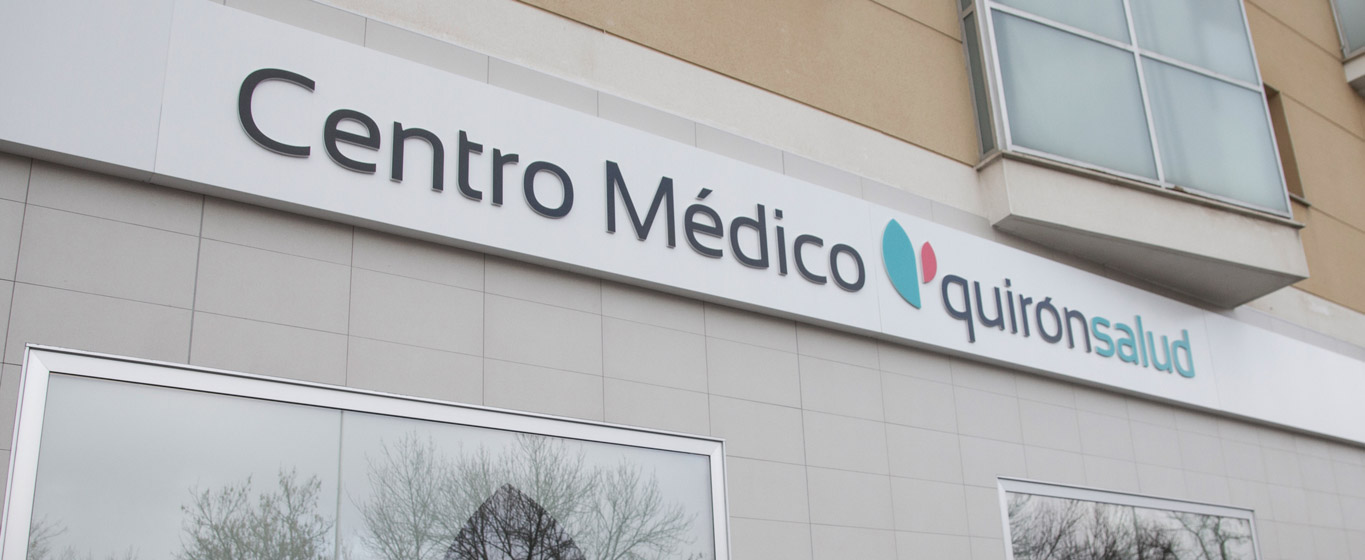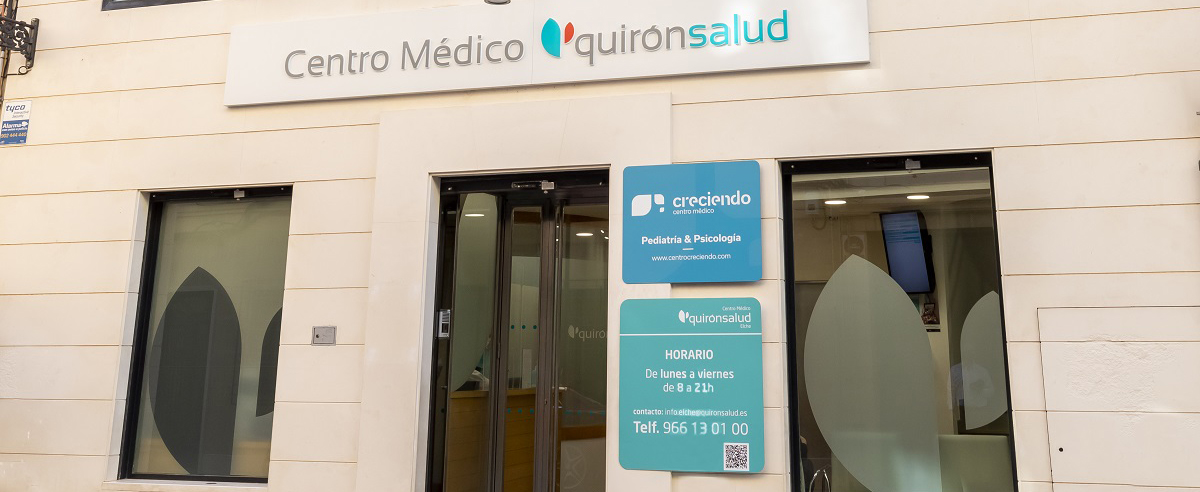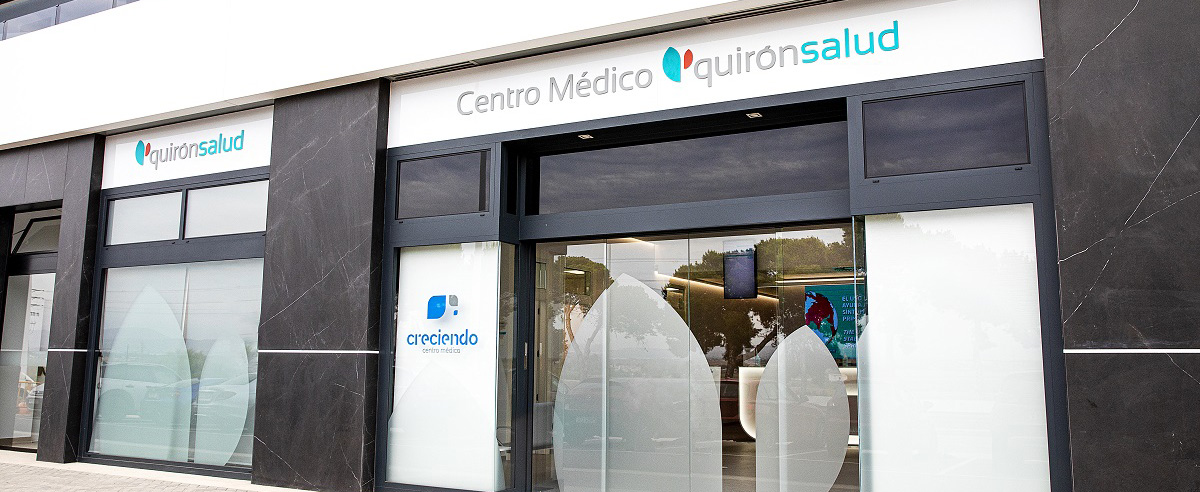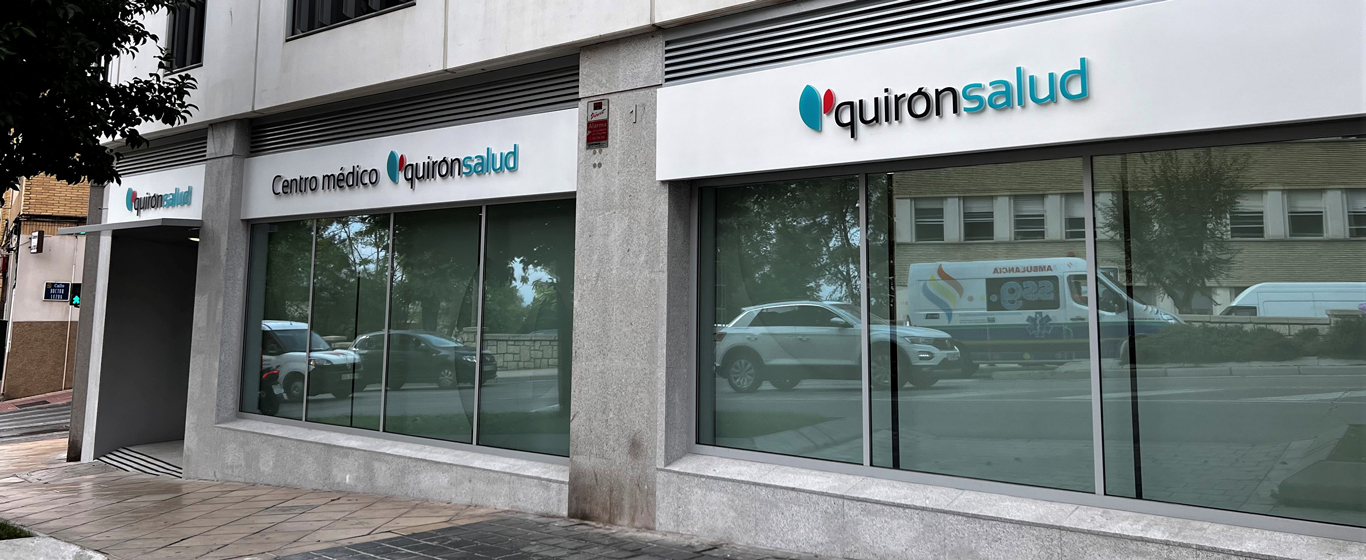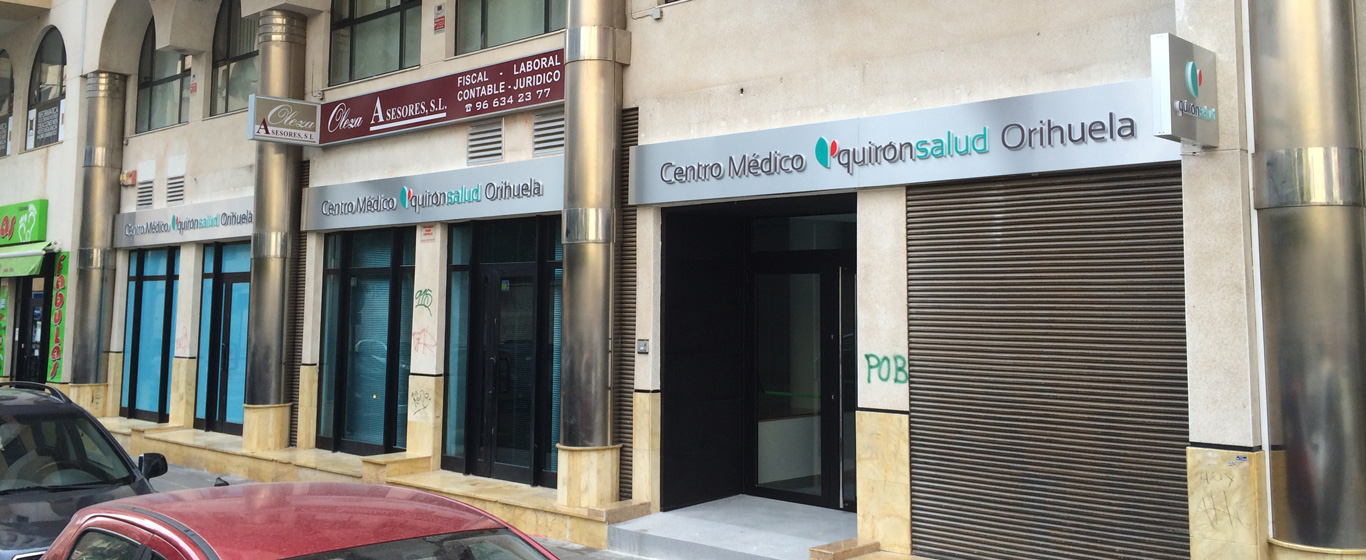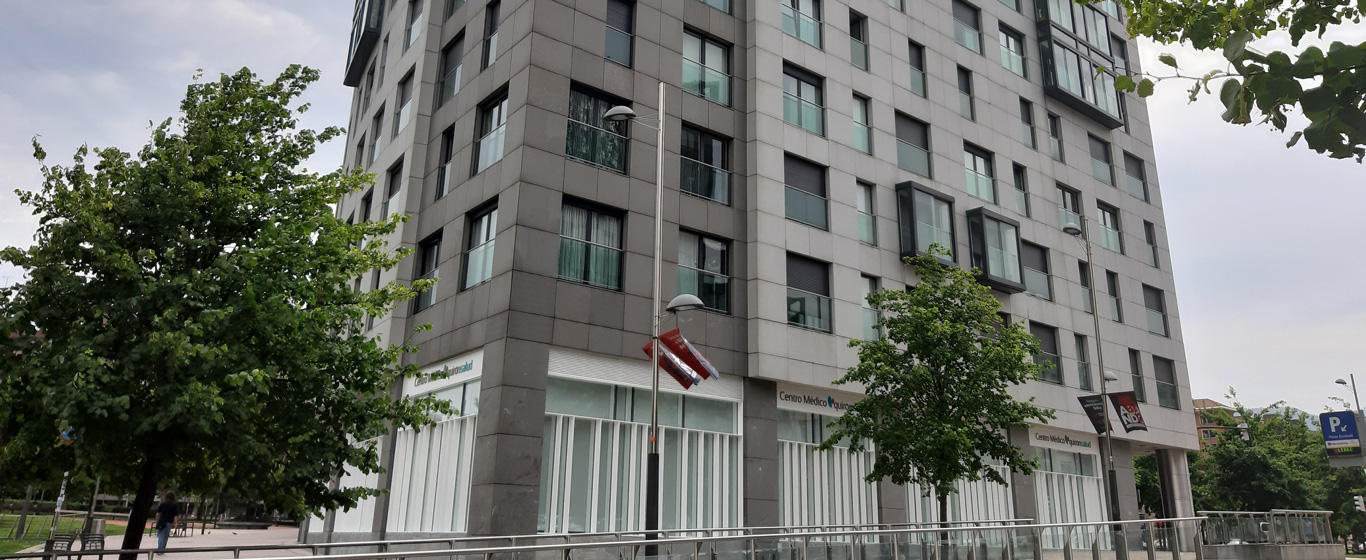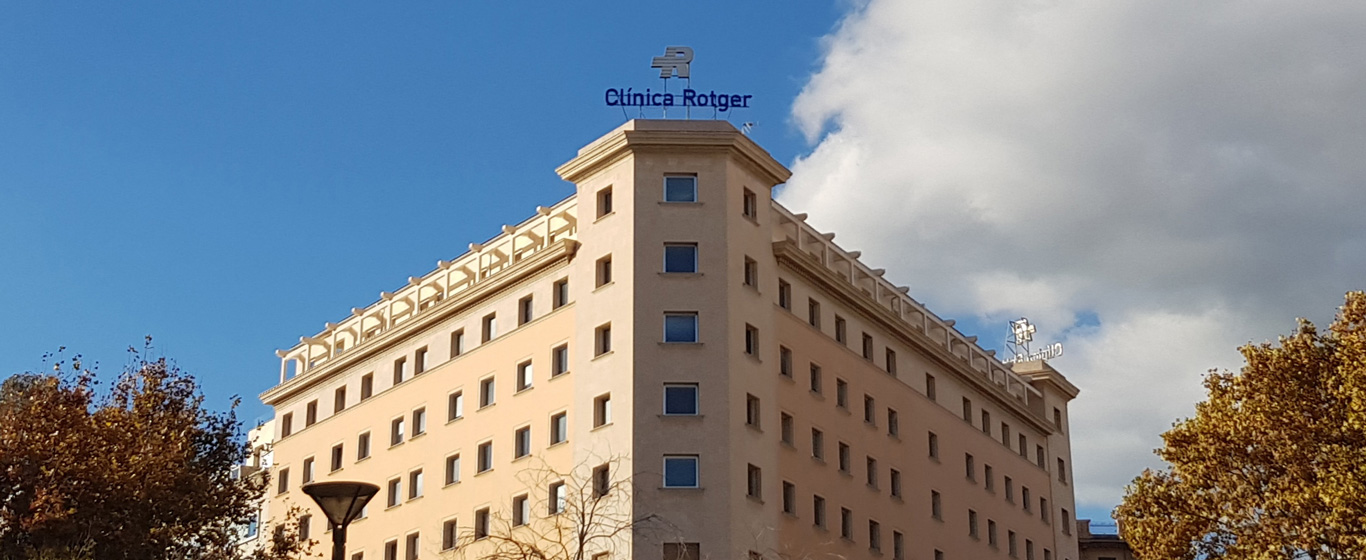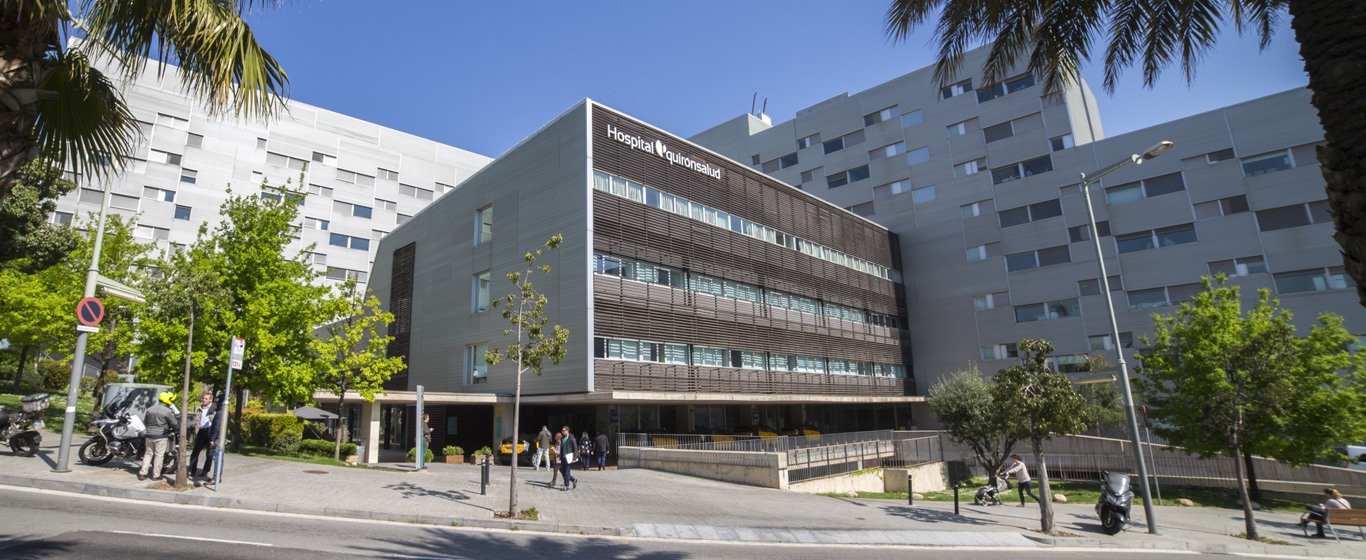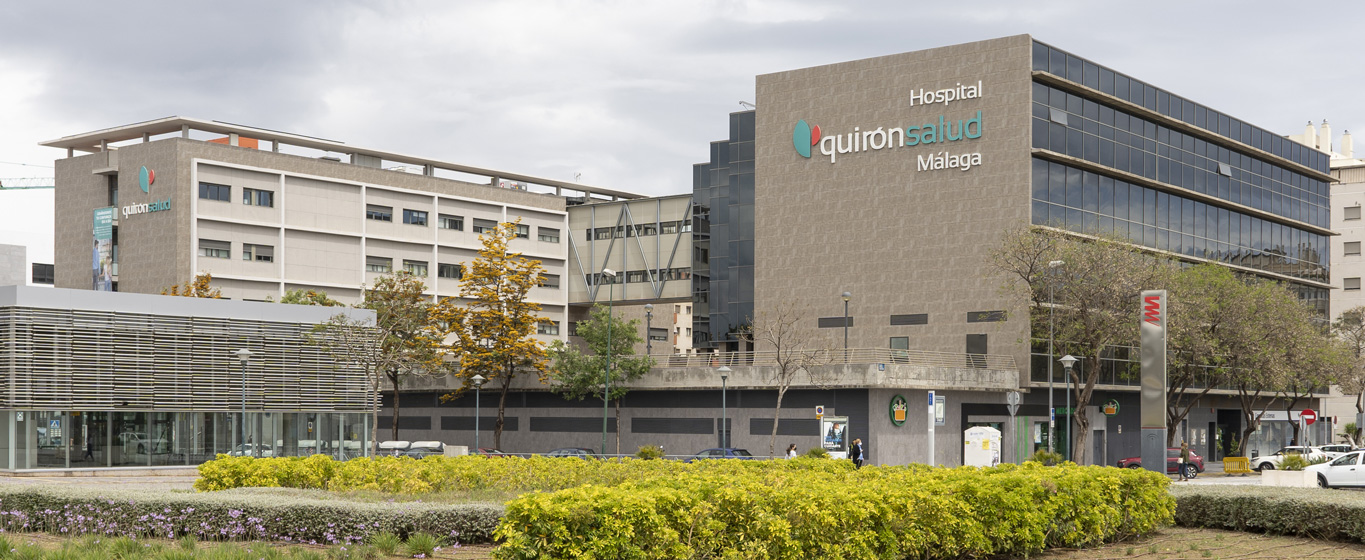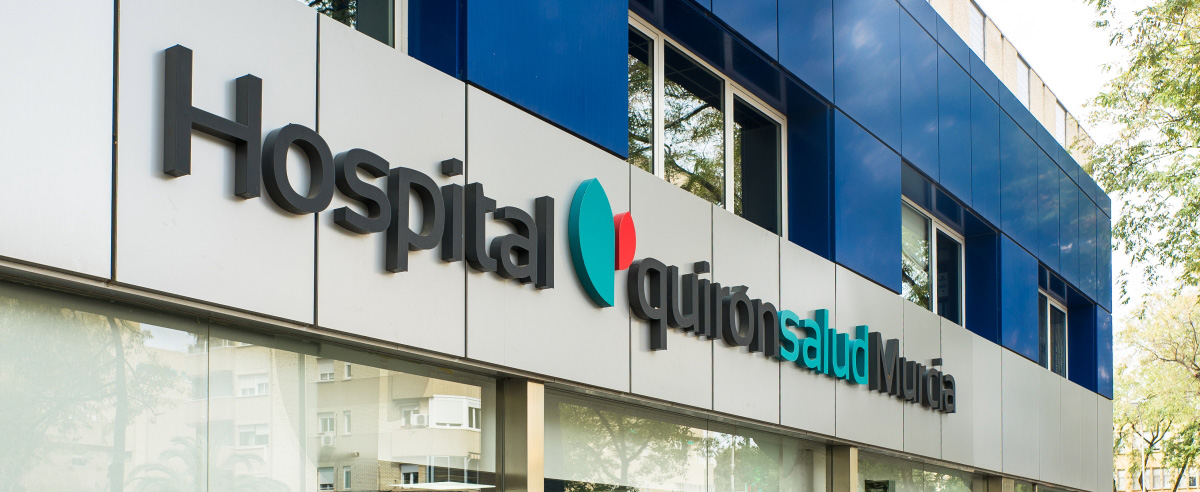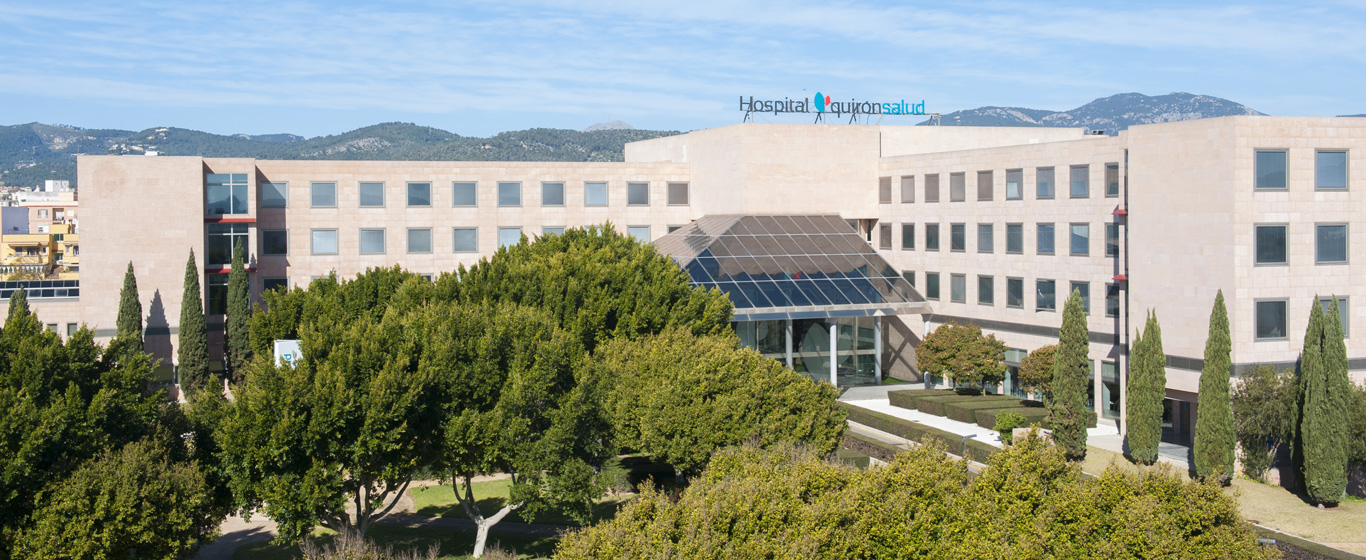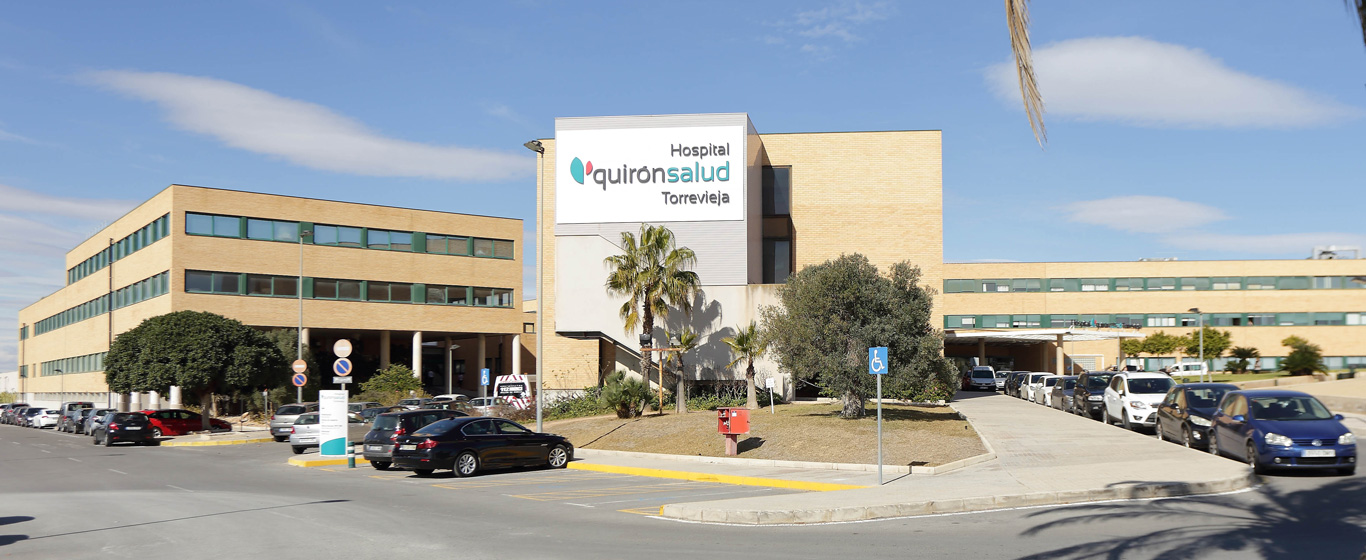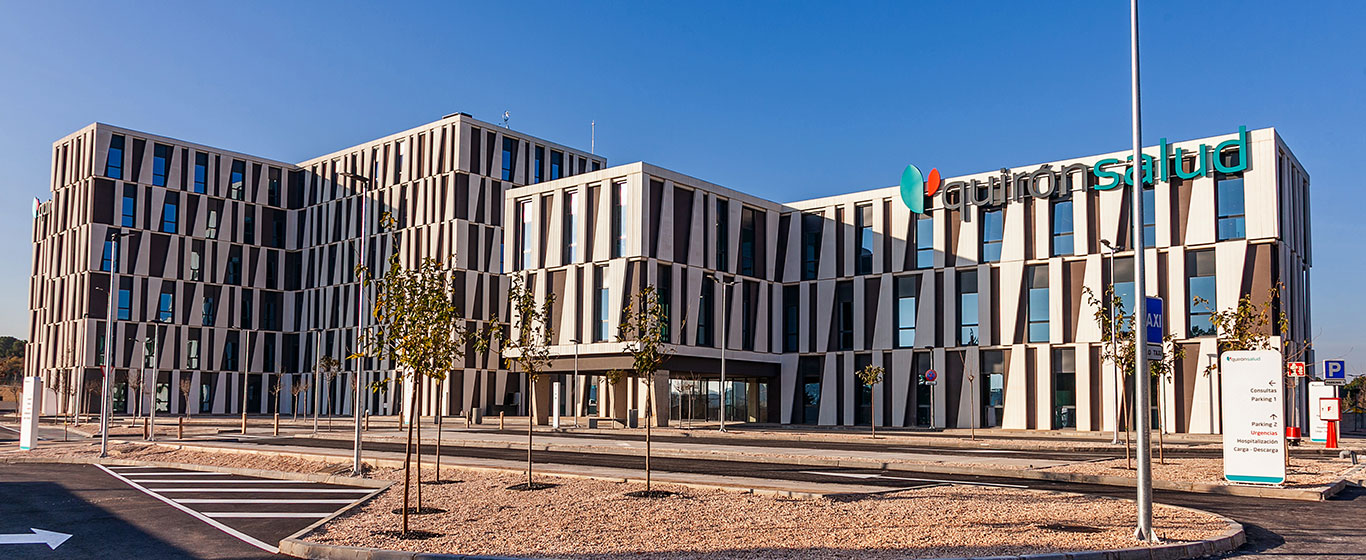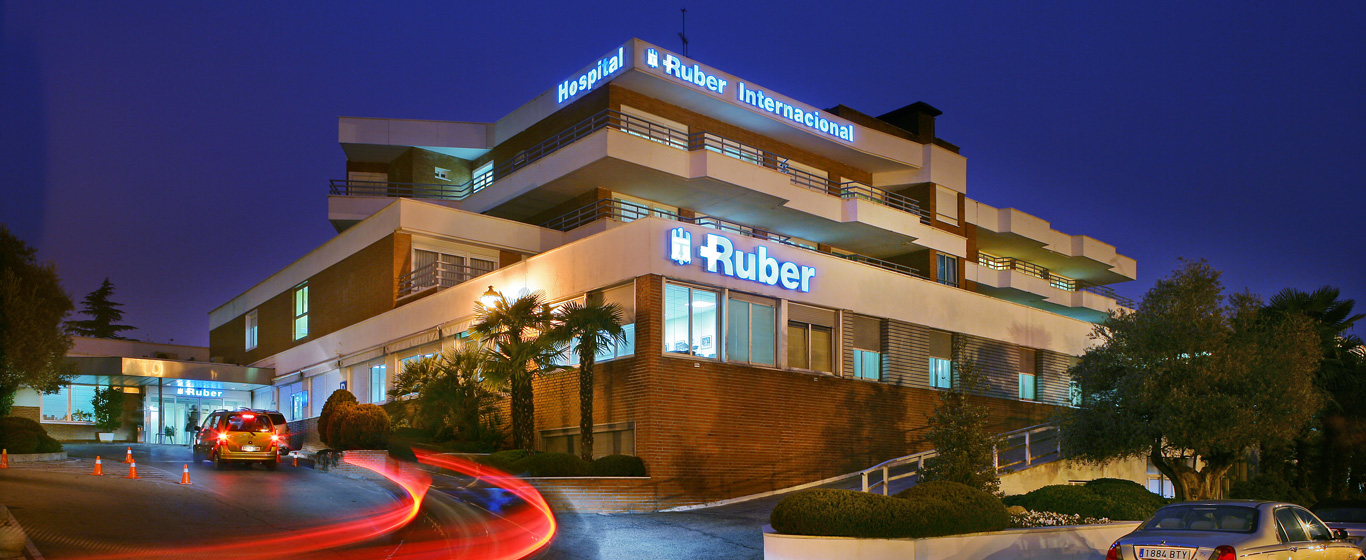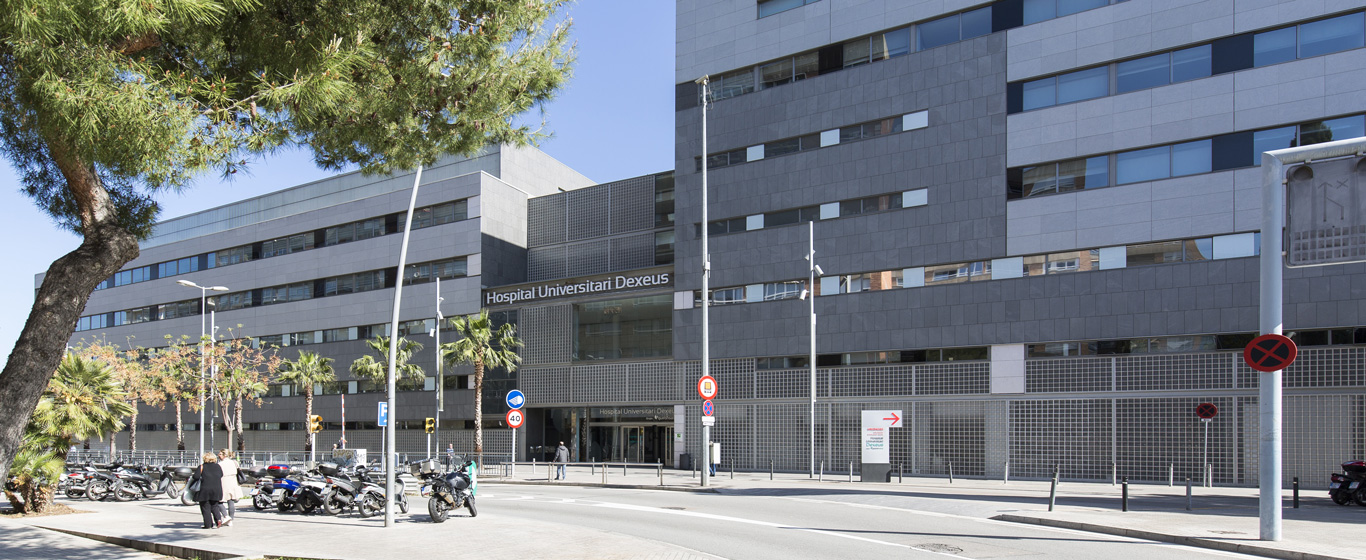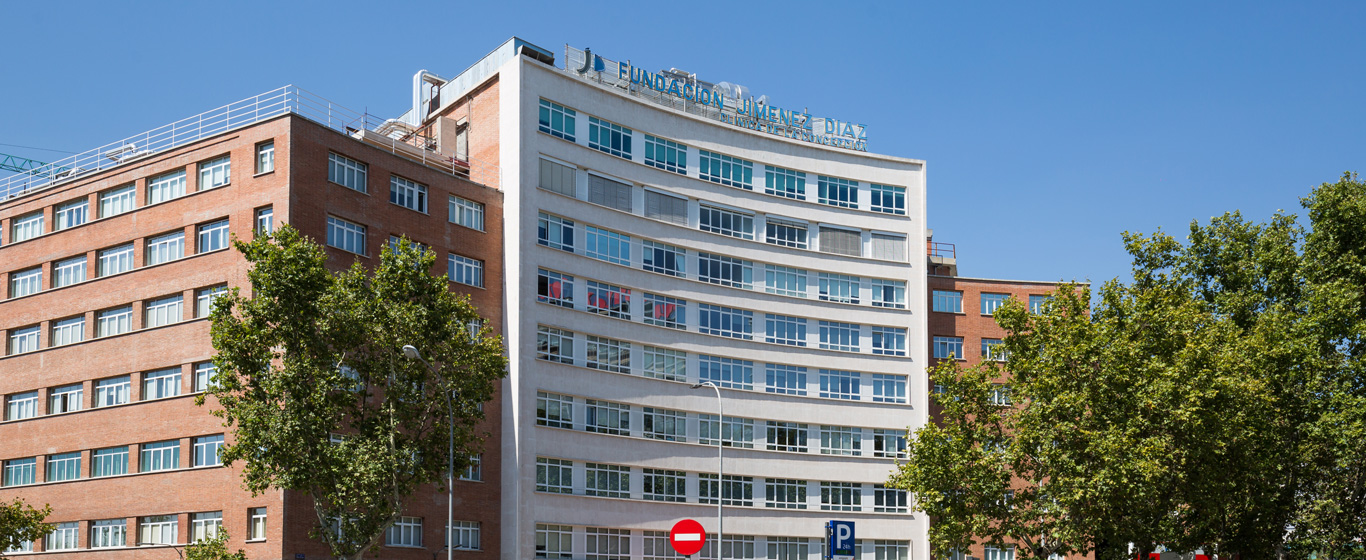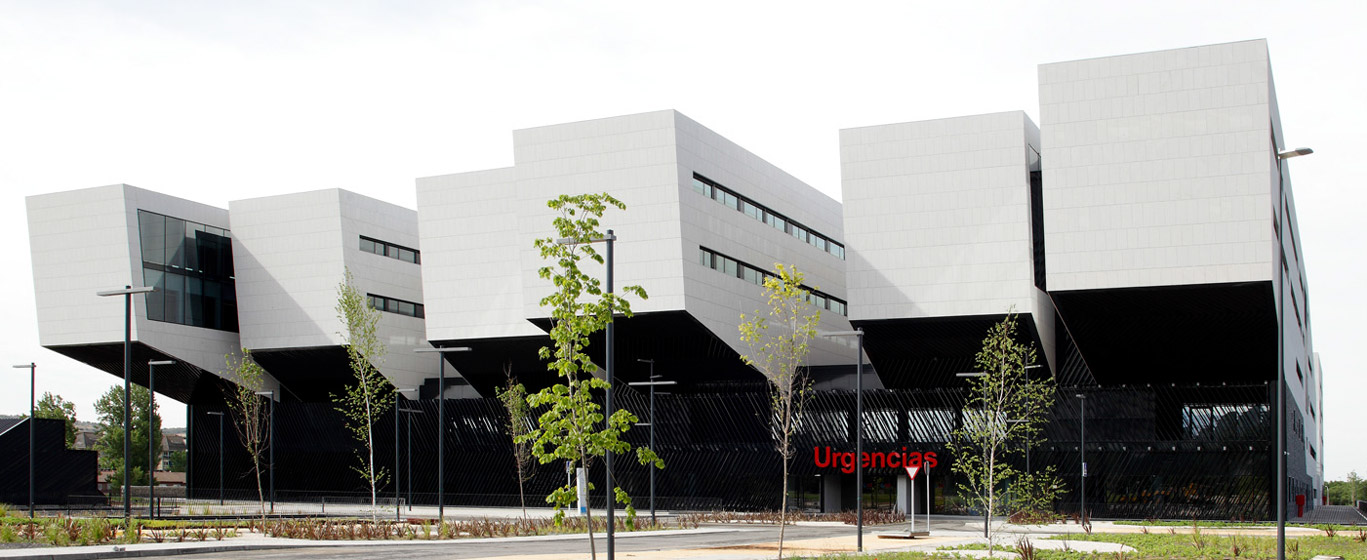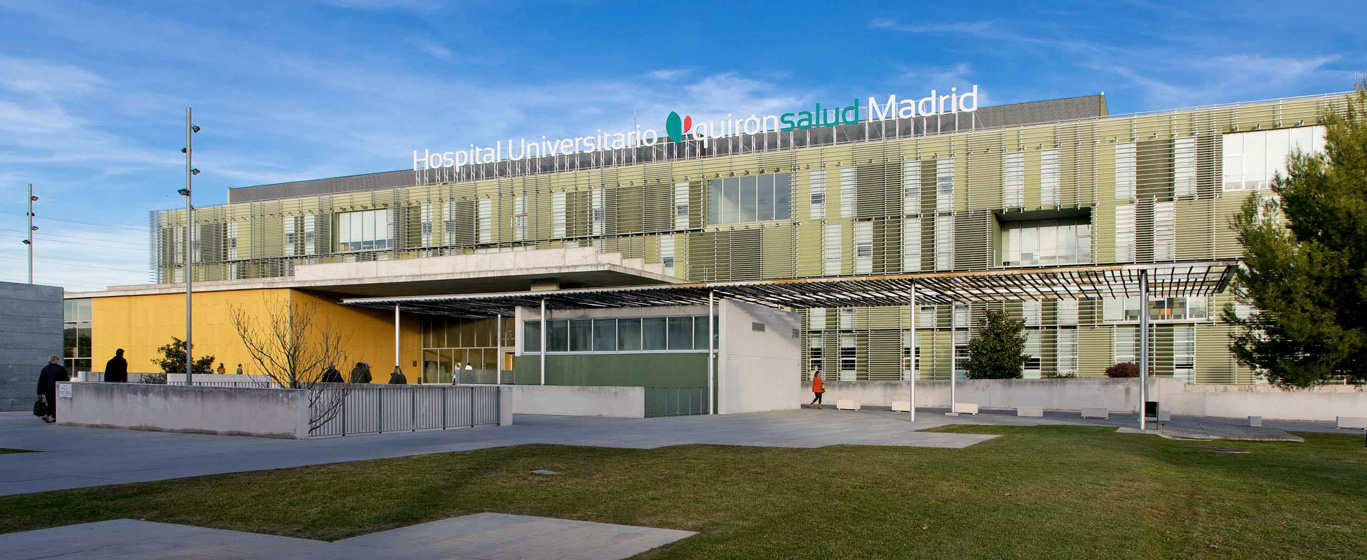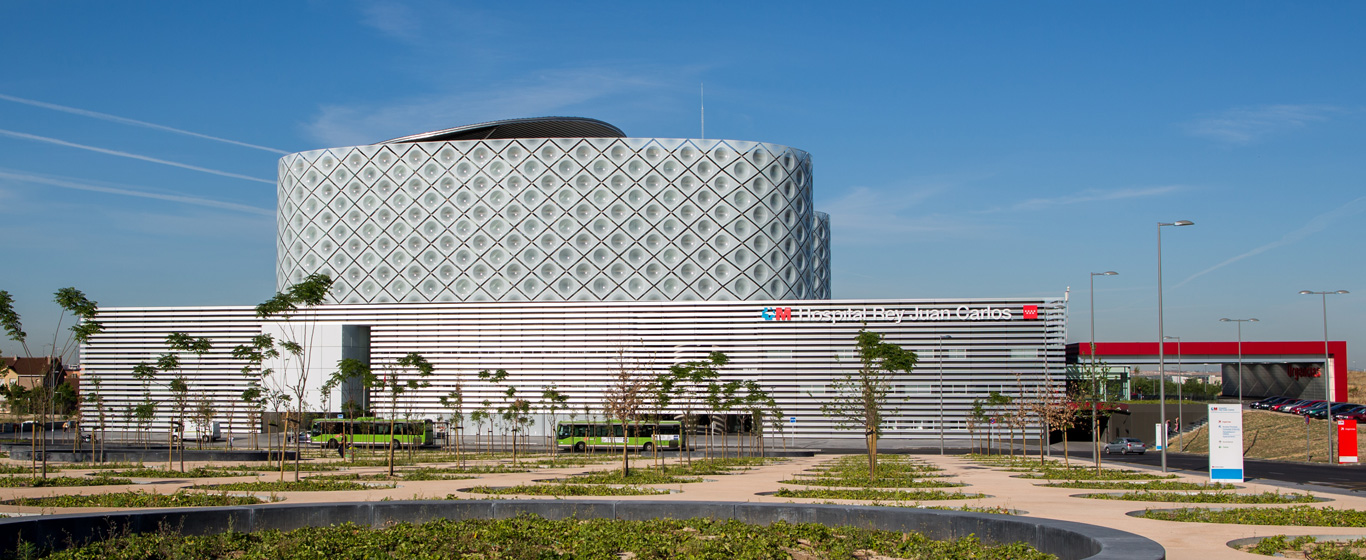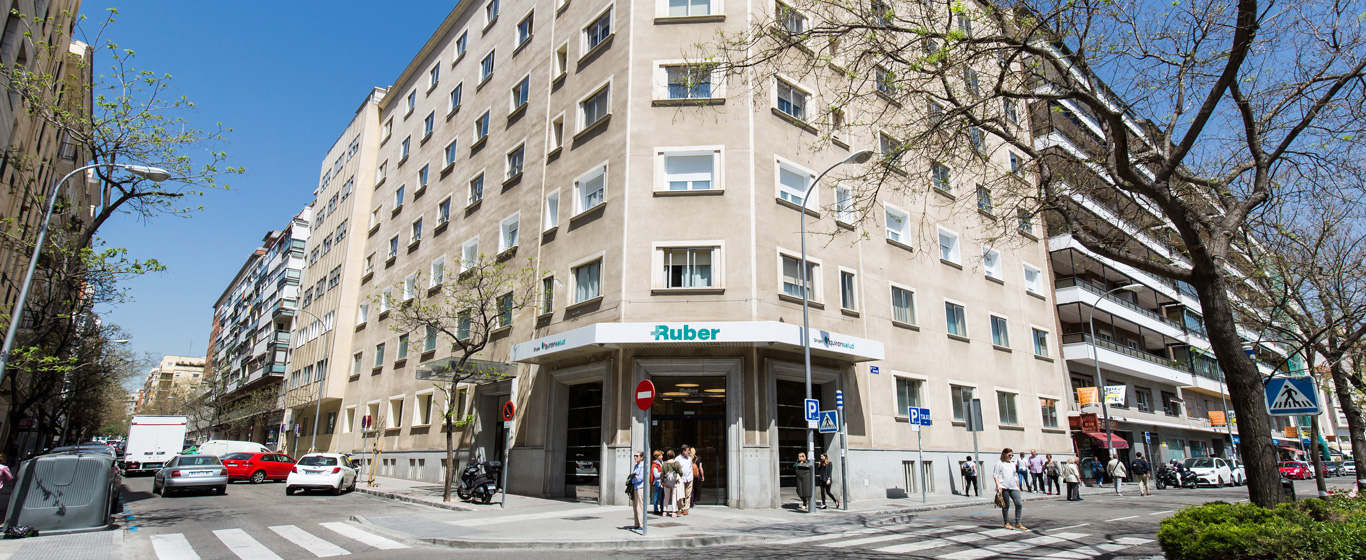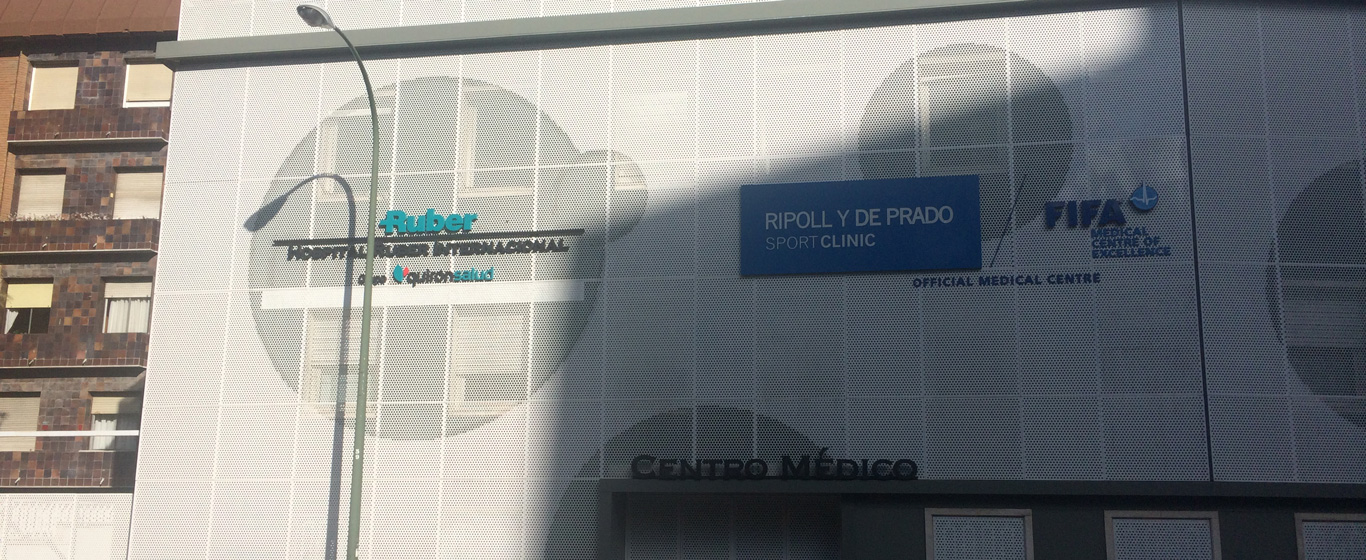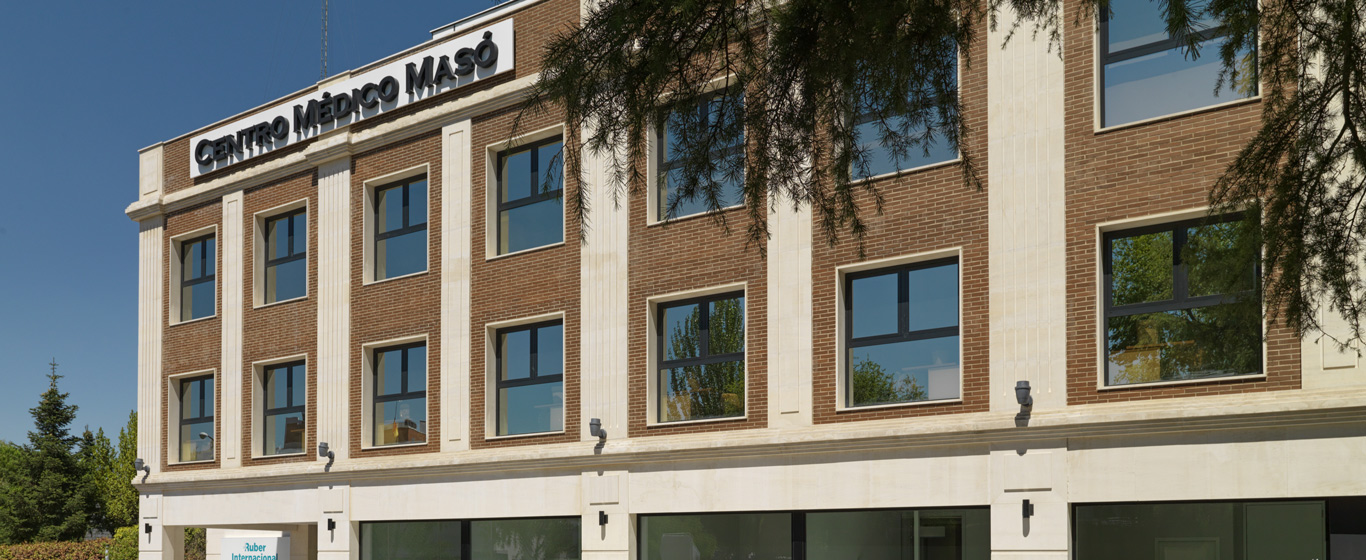Primary Biliary Cholangitis
What is the life expectancy of patients with primary biliary cholangitis? Find all the information on the causes, symptoms, and treatments of this disease.
Symptoms and Causes
Primary biliary cholangitis, formerly known as primary biliary cirrhosis, is a chronic autoimmune disease that causes inflammation and progressive destruction of the bile ducts. These ducts are responsible for transporting bile, a fluid involved in food digestion, from the liver to the gallbladder. Their destruction affects bile synthesis and secretion (cholestasis).
When a bile duct is destroyed, the body attempts to regenerate it by creating a new one. Over the years, this process leads to an abnormal liver structure, which may contribute to cirrhosis development, a condition in which scar tissue formation prevents the liver from functioning properly.
The most common presentation is asymptomatic, with laboratory findings of cholestasis and the presence of antimitochondrial antibodies. The onset of symptoms and progression rate vary among individuals.
Symptoms
When symptoms of primary biliary cholangitis appear, the most common include:
- Fatigue.
- Pruritus (itching), especially on the palms of the hands and soles of the feet.
- Abdominal pain.
- Jaundice (yellowish discoloration of the skin and eyes).
- Xanthomas (yellowish or orange plaques on the skin).
- Xanthelasmas (fat deposits on the skin).
- Osteoporosis.
- Hyperlipidemia.
- Hypercholesterolemia.
- Hypothyroidism.
- Vitamin A and D deficiency.
Causes
As an autoimmune disease, it develops when the body mistakenly attacks the liver. Specifically, T cells attack the epithelial tissue of the bile ducts. The exact causes triggering this response remain unknown, but genetic factors and certain environmental factors are believed to be involved, including:
- Infectious agents (viruses or bacteria).
- Toxins.
- Antigens.
- Chemical substances.
- Tobacco use.
Risk Factors
Some factors that increase the risk of developing primary biliary cholangitis include:
- Sex: It primarily affects women.
- Age: It usually occurs between the ages of 35 and 60.
- Family history, although it is not a hereditary disease.
- Smoking.
- Exposure to toxic agents.
- Certain infections.
Complications
The most common complications of primary biliary cholangitis include:
- Cirrhosis: Scarring of liver tissue that prevents proper liver function.
- Portal hypertension: Increased resistance to blood flow in the portal vein (a major vein that carries blood from the intestines, spleen, and pancreas to the liver) due to extensive liver scarring caused by cirrhosis.
- Enlarged veins (esophageal varices): Reduced blood flow through the liver, secondary to cirrhosis, increases pressure in the veins of the esophagus, causing them to enlarge.
- Gallstones: Due to cholestasis and bile duct obstruction, bile accumulates.
- Splenomegaly (enlarged spleen) due to secondary liver damage.
- Liver cancer caused by the excessive formation of scar tissue.
Prevention
Primary biliary cholangitis cannot be prevented. However, avoiding tobacco and exposure to toxic agents may help reduce possible environmental triggers.
Which Doctor Treats Primary Biliary Cholangitis?
Diagnosing and treating primary biliary cholangitis requires a multidisciplinary approach involving immunologists, hepatologists, internal medicine specialists, pathologists, and general surgeons.
Diagnosis
Diagnosing primary biliary cholangitis is challenging because it is a rare disease that often has no symptoms in its early stages. Tests used to detect it include:
- Blood tests: These assess liver enzyme levels to evaluate cholestasis indices (GGT, alkaline phosphatase), as well as transaminases, cholesterol, bilirubin, and albumin levels. Serum IgM concentration and antimitochondrial antibodies (AMA), present in almost all patients with this condition, are also analyzed.
- Liver biopsy: A sample of liver tissue is analyzed to confirm the diagnosis.
- Liver ultrasound: Provides images of the organ’s internal structure.
- Transient elastography or FibroScan: A non-invasive method using ultrasound and low-frequency vibrations to assess the degree of liver fibrosis.
- Magnetic resonance cholangiopancreatography: Produces detailed images of the liver, gallbladder, pancreas, and bile and pancreatic ducts.
Treatment
There is no cure for primary biliary cholangitis, so treatments focus on slowing disease progression and alleviating symptoms.
- Avoid hepatotoxic substances, such as alcohol and certain medications.
- Medications:
- Ursodeoxycholic acid (UDCA): Improves bile flow and liver function.
- Obeticholic acid: Used when there is no adequate response to UDCA. A common side effect is pruritus, which usually decreases over time.
- Liver transplant: Considered when medications are insufficient and liver function begins to decline.




